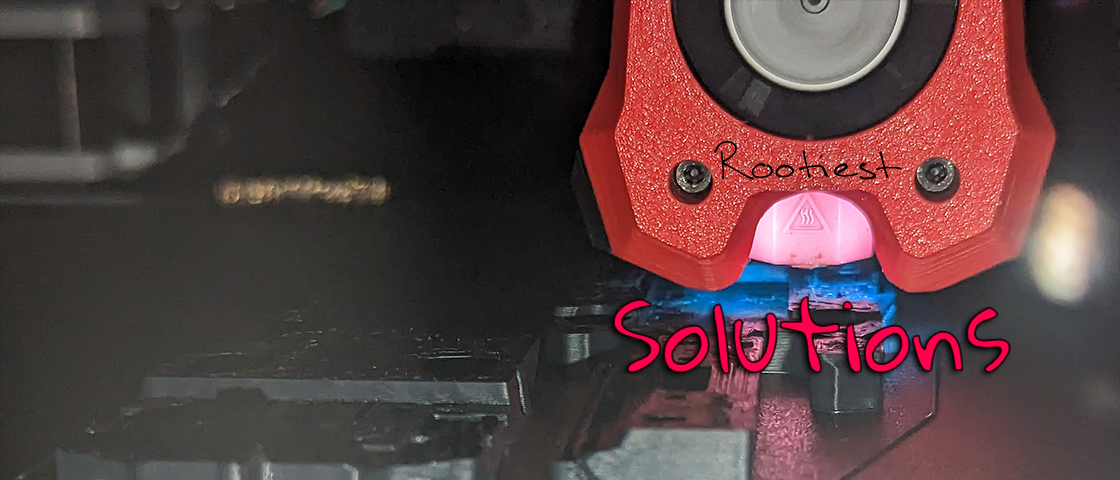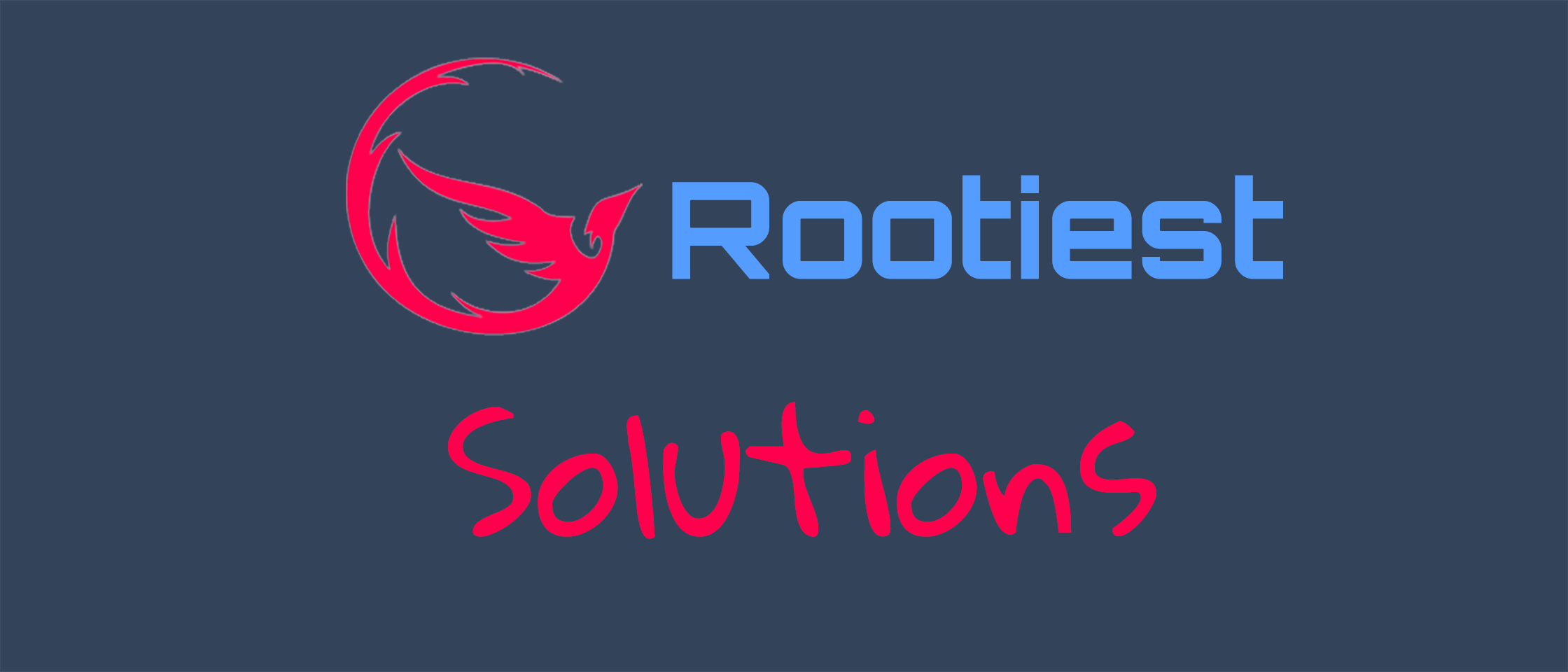

I know this will usually draw the ire of more experienced users (yes I use Arch btw) but if you really want an install that is as hands-off and foolproof as possible you are generally gonna be better off with an Ubuntu distro.
I put Kubuntu on PCs for beginners/noobs because it gives them access to more advanced options if they need them in the future while also typically being fully functional out of the box.
Ubuntu distros typically have extensive hardware support and a lot of testing. Yeah it’s not going to be the most cutting-edge but you don’t want that, you want it to “just work”





It doesn’t really bother me tbh.
KDE’s Discover app pulls from the distro package manager, snap, and flat hub. AppImages to me are like “portable” executables and don’t really need an app store. However you can use Gear Lever to update them.